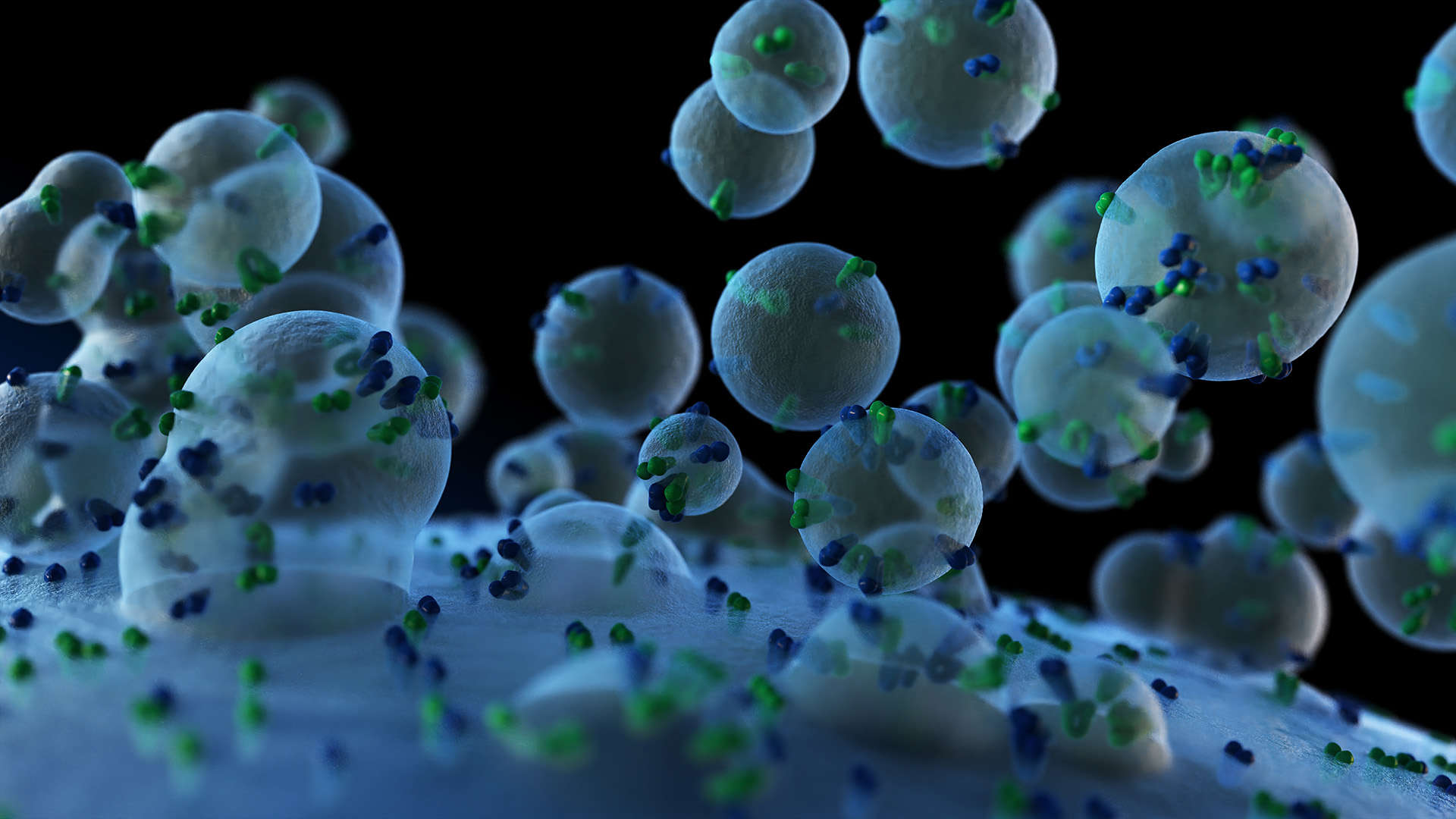Protein-Protein Interaction Analysis
Online InquiryAs a good partner of pharmaceutical companies and research institutions, Creative Proteomics has extensive experience in protein-protein interaction analysis.
Proteins do not function in isolation, but in relation to each other. Protein-protein interactions are the major components of a cell's biochemical response network and are of great significance for regulating cells and their signals. Protein interactions are usually studied to screen interaction proteins of a protein of interest, and to verify whether two proteins interact. Creative Proteomics provides but is not limited to the following seven protein-protein interaction technologies: co-Immunoprecipitation, GST pull-down, yeast two-hybrid, far-western blot, bimolecular fluorescence complementary, protein crosslinking and Fortebio octet intermolecular interaction detection system. We aim to help customers analyze protein interaction networks from multiple perspectives.
Advantages of Protein-Protein Interaction Analysis Services:
- Rich proteomics experience. Our company has been engaged in proteomics related services for 16 years.
- Professional Platforms. High-resolution Q Exactive Hybrid Quadrupole-Orbitrap mass spectrometer is available.
- Bioinformatics services. Our bioinformatics analysts can help you interpret the final data.
- Custom services. Based on your samples and requirements, we can customize a dedicated solution for you.
Methods of Protein-Protein Interaction Services We Can Provide:
We can provide you with the following technical services:
| Technical Services | Technical Characteristics | Method of Verification |
|---|---|---|
| Co-Immunoprecipitation (Co-IP) Service | Based on the antibody-antigen reaction, the natural binding of two proteins in cells is verified. Protein complexes eluted by Co-IP technology can also be separated and identified using secondary mass spectrometry. | WB/MS |
| GST Pull-down Service | Based on the affinity between the labeled protein and the solid phase medium, the binding of the two proteins in vitro is verified. The protein complexes eluted by the pull-down technique can also be separated and identified by using secondary mass spectrometry. | WB/MS |
| Yeast Two-Hybrid Service | The transcription factor GAL4 gene of the reporter gene was divided into two regions of GAD and GBD, and corresponding fusion proteins GAD-Y and GBD-X are constructed respectively. If X and Y interact, the expression of the GAL4 gene will be initiated, and the expression of the reporter gene will be observed. | Reporter Gene |
| Far-Western Blot Service | This method uses labeled "bait" proteins that can be detected by antibodies to detect "prey" target proteins on transfer membranes. If the bait protein interacts with the target protein, the specific band of the bait protein can be used to detect the corresponding band. This method detects whether two proteins interact directly. If the interaction is indirect, the candidate protein can be further tested. | WB |
| Bimolecular Fluorescence Complementary Service | Determine whether proteins interact with each other by observing fluorescence. The structure of the reconstructed fluorescent protein is relatively stable, so this technique can be used to study weak or transient interactions between proteins. The BiFC system can be implemented in bacteria, fungi, and eukaryotic cells. The protein in question is in its natural environment. | Fluorescence Microscope |
| Protein Crosslinking Services | A variety of protein cross-linking methods are available, including chemical cross-linking mass spectrometry, enzymatic cross-linking, and photo-crosslinking. We will develop an exclusive solution for you based on your project. | SDS-PAGE/MS |
| Fortebio Octet Molecular Interaction Analysis Service | Based on the biofilm optical interference (BLI) technology, only a small amount of sample is needed, and no labeling is required. It can provide real-time analysis of biomolecular interactions. Realize quantitative and qualitative analysis of intermolecular affinity. | Otet Sensor |
* For Research Use Only. Not for use in diagnostic procedures.



